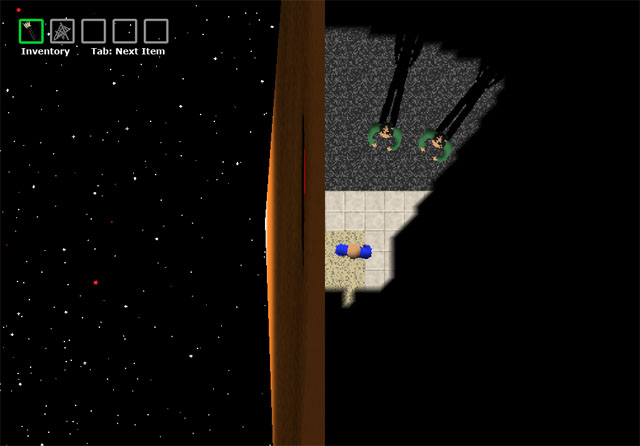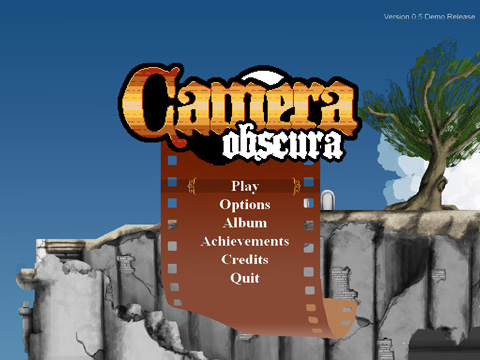Ludum Dare #27 Complete
September 2nd, 2013 (edited November 3rd, 2022)Last weekend, I participated in the 27th Ludum Dare. For anyone who doesn't know, the Ludum Dare is a competition held a few times a year in which participants attempt to make a game in 48 hours. Games made for this Ludum Dare had to follow the theme "10 Seconds".
When I first heard the theme, I was a bit put off. I thought it was too shallow, too easy to just tack onto an arcade clone. Fortunately, many brilliant people proved me wrong. However, I opted to take the theme a little more laterally, interpretting "seconds" as a measure of distance based on global lat/lon coordinates. I thought, "what if there were only 10 square seconds of the earth left?" The earth would just be a really small section of the surface (about 300 ft on each edge) and a huge slice of the core dropping off into nothingness.
That sounded like a great setting for a survival-horror game, something I hadn't tried before. The design I ended up attempting to implement was very ambitious. Overall, I think this was a good plan, even though I certainly didn't get to everything I wanted to. I was considering and developing a lot of extra content for the game, rather than just taking the first few things I thought of and ending design because of scope. Of course, over-scoping is still a terrible thing, but by prioritizing things that needed to get done, I was able to still have a playable game after 48 hours even while not reaching all my goals.
I did neglect the gameplay aspect of the game a bit during this jam. Had I been able to implement some form of combat and developed the building mechanics more, the game would have become much more viable from a gameplay perspective. So perhaps the scope did kill me there. I ended up getting to explore ideas for creating ambiances and environments, though, and I think on that front it went fairly well.
You can play my entry here: The 91st Parallel.












